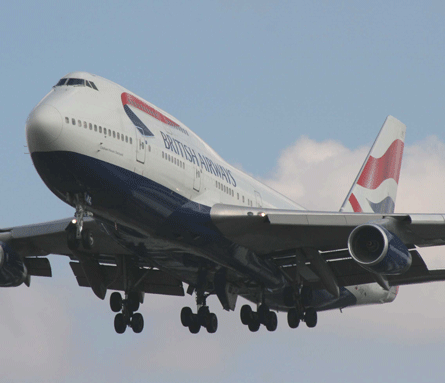The US Federal Aviation Administration is proposing to extend the fix to prevent leading-edge flaps from retracting during take-off on Rolls-Royce RB211-powered Boeing 747s, to the other versions of the aircraft.
Both a R-R directive and FAA's latest notice of proposed rulemaking are designed to prevent the repeat of an 11 May 2009 incident in which a British Airways 747-400 came close to stalling after the leading edge flaps retracted on rotation due to a faulty signal from the thrust reverser control system.
"The design for the thrust reverser signal to the flap control unit for the R-R RB211 series is the same as the General Electric CF6-80C2 series and Pratt & Whitney PW4000 series," says the FAA.
 |
|---|
© BA |
Specifically, the thrust reverser uses a position sensor to indicate that a thrust reverser sleeve is unstowed. The sensor's signal is also used as an input for the flap control unit.
"Aerodynamic forces can cause the thrust reverser sleeve to flex, which can be enough movement to cause the sensor to indicate that the sleeve is not fully stowed even though the sleeve has not moved from the stowed position," the FAA says.
Explaining the rationale for the immediate adoption of the thrust reverser signal fix directive for the RB211, the FAA says the position sensor that directs signals to the flap control unit is sensitive to smaller sleeve movements, and that there were similar service experiences of small sleeve movements that triggered the same "amber alert" of the BA aircraft. But those incidents were only single-engine occurrences.
In the BA incident the first thrust reverser deployment signal was received before take-off decision speed, and the second signal, which triggered the retraction, happened several seconds later after the pilots committed to take-off.
After examining in-service experience, the FAA reasons the GE and P&W engines are less sensitive to small thrust reverser sleeve movements. "In this case the risk is reduced and allows for less aggressive compliance time," the agency says.
Operators of the affected aircraft have 36 months from the proposed rule's effective date to comply with the changes to thrust control system wiring for the flap control unit in both types of engines outlined in Boeing service bulletins released in January.
Source: Flight International























